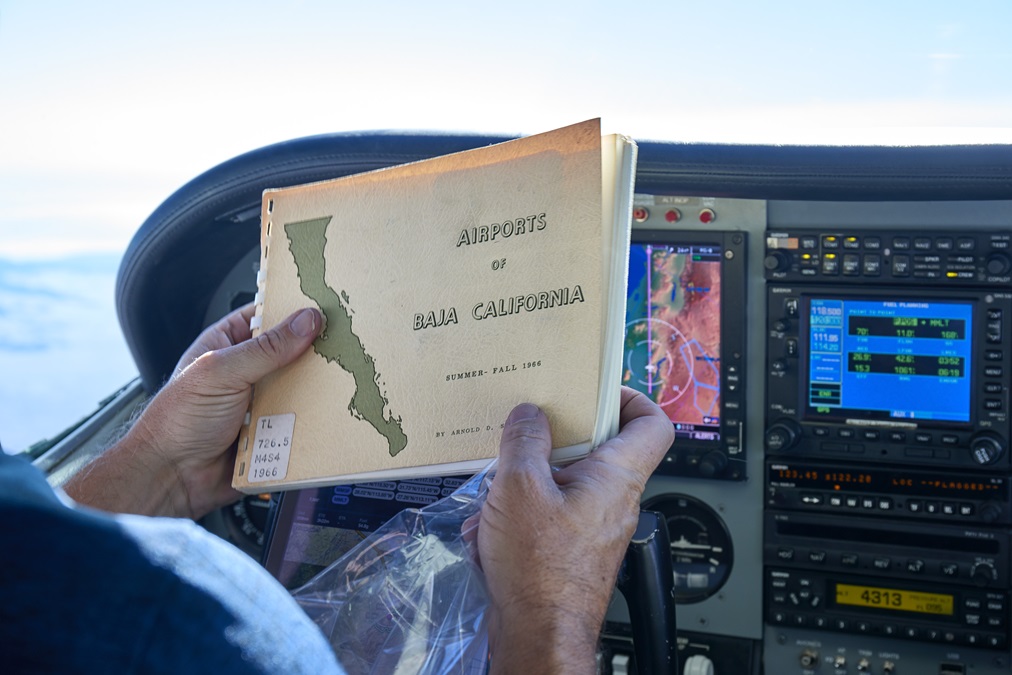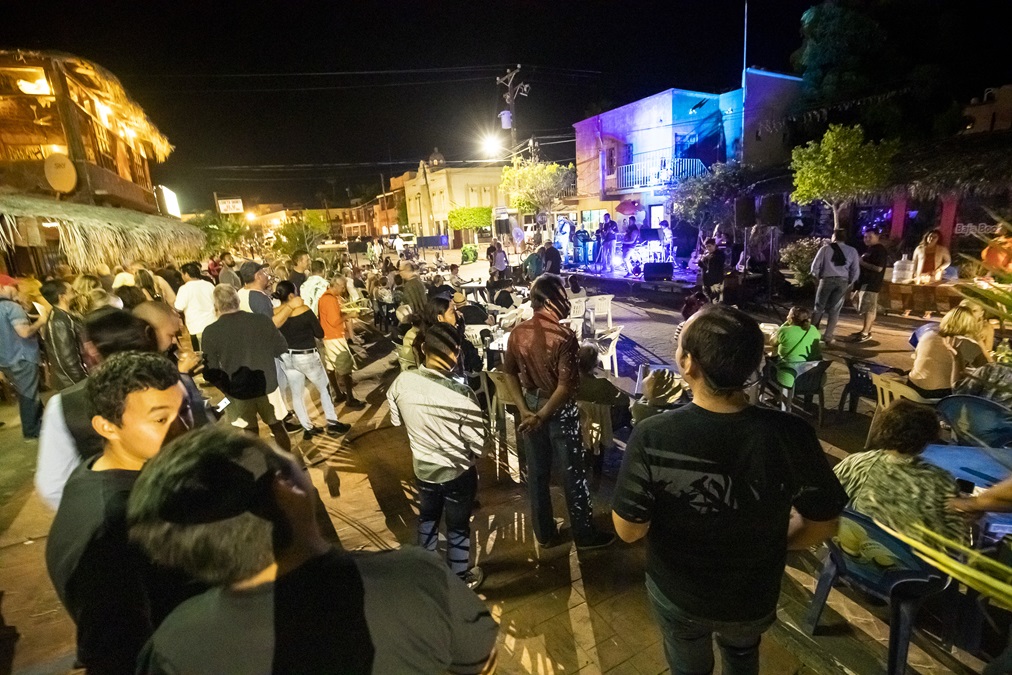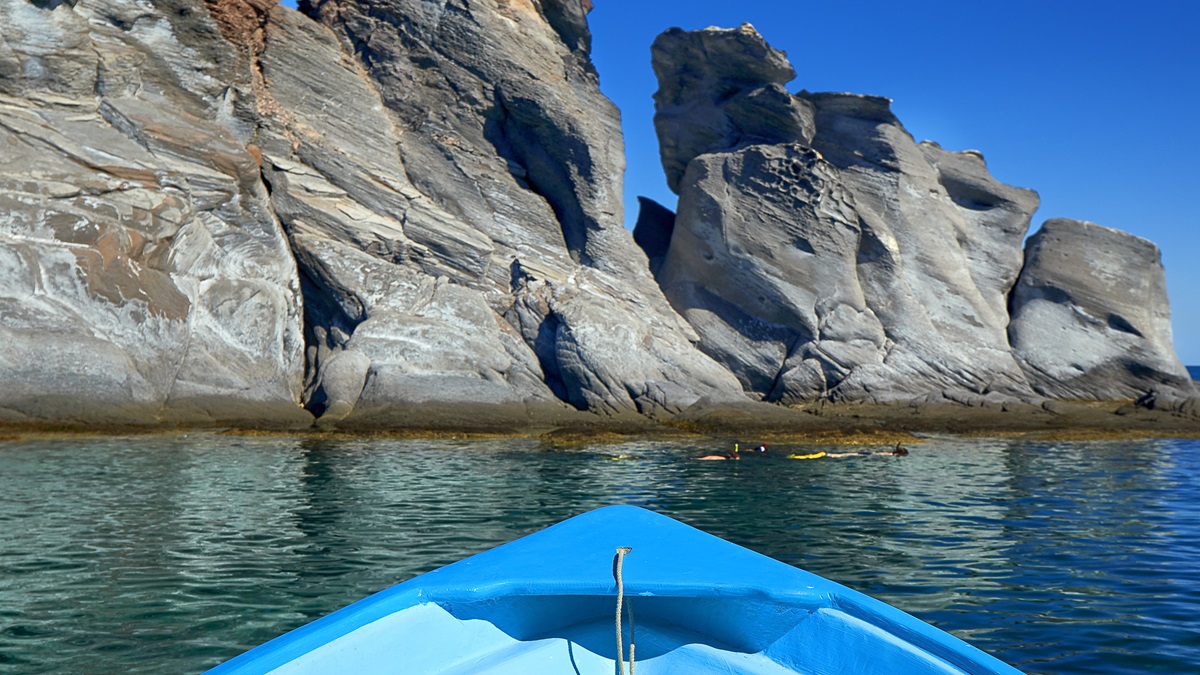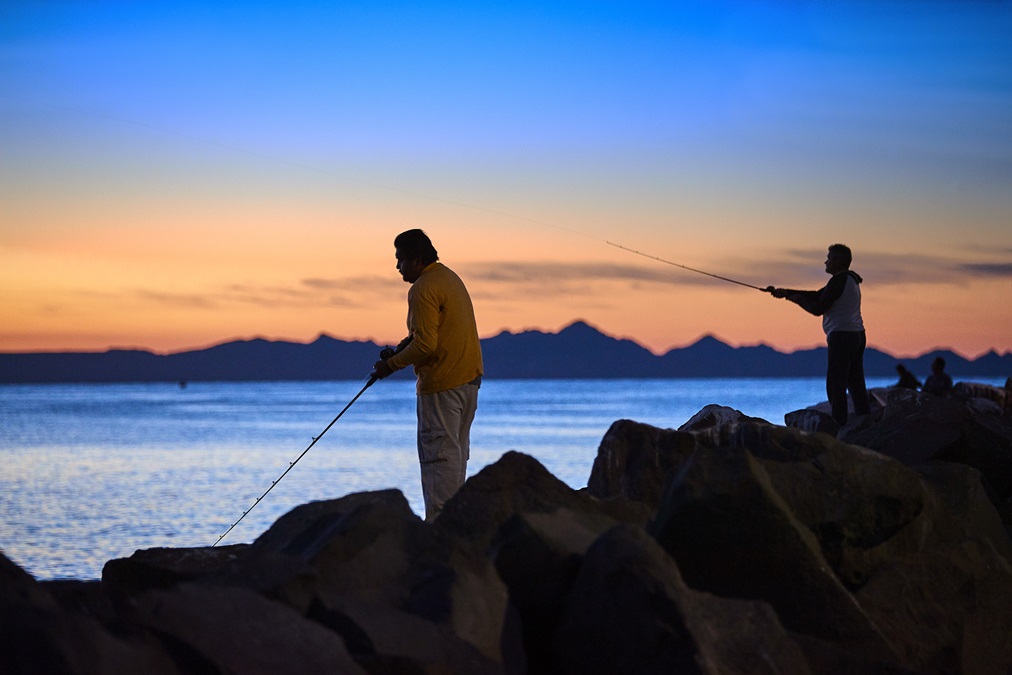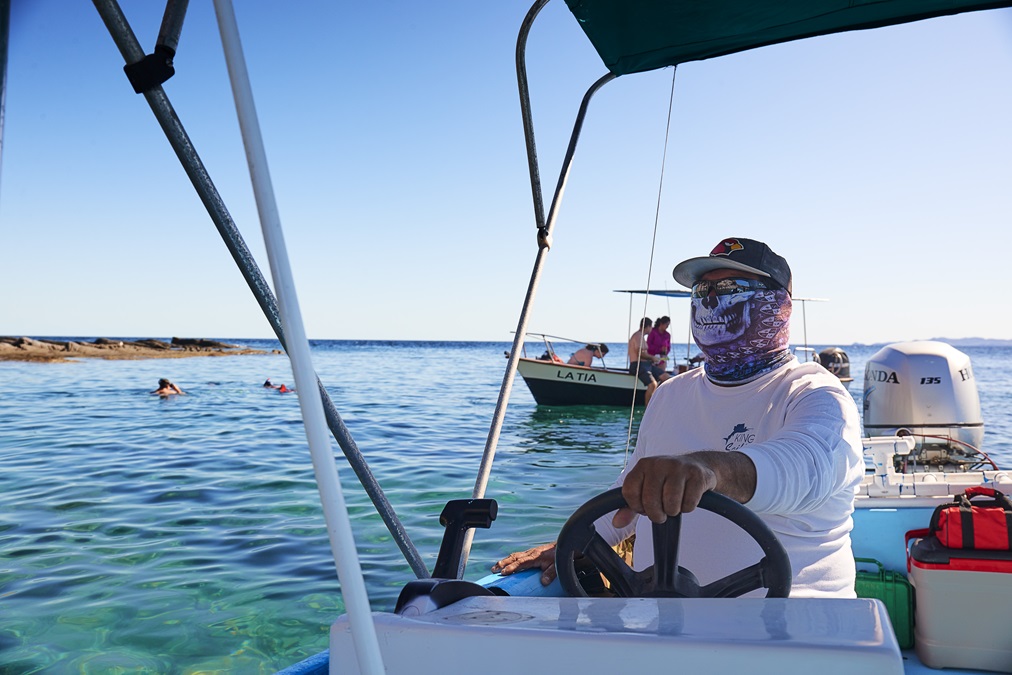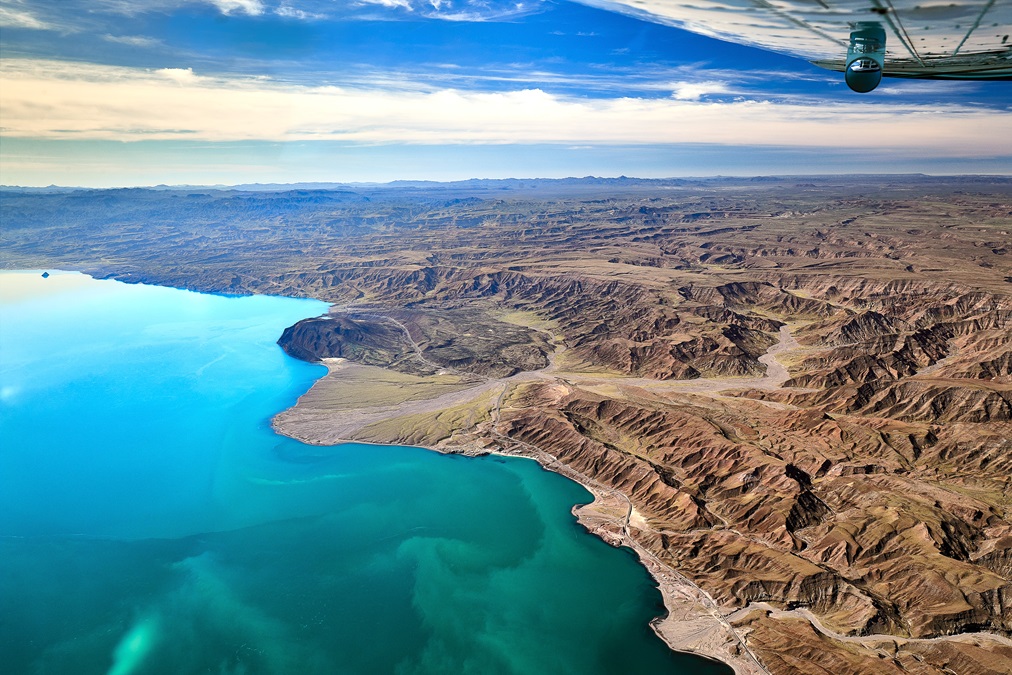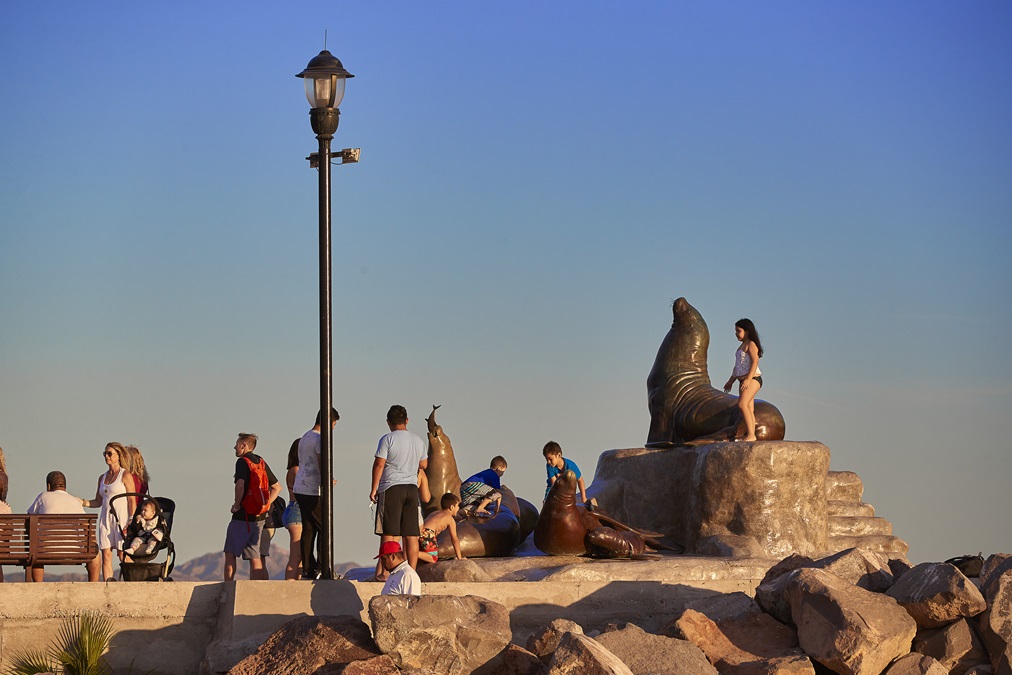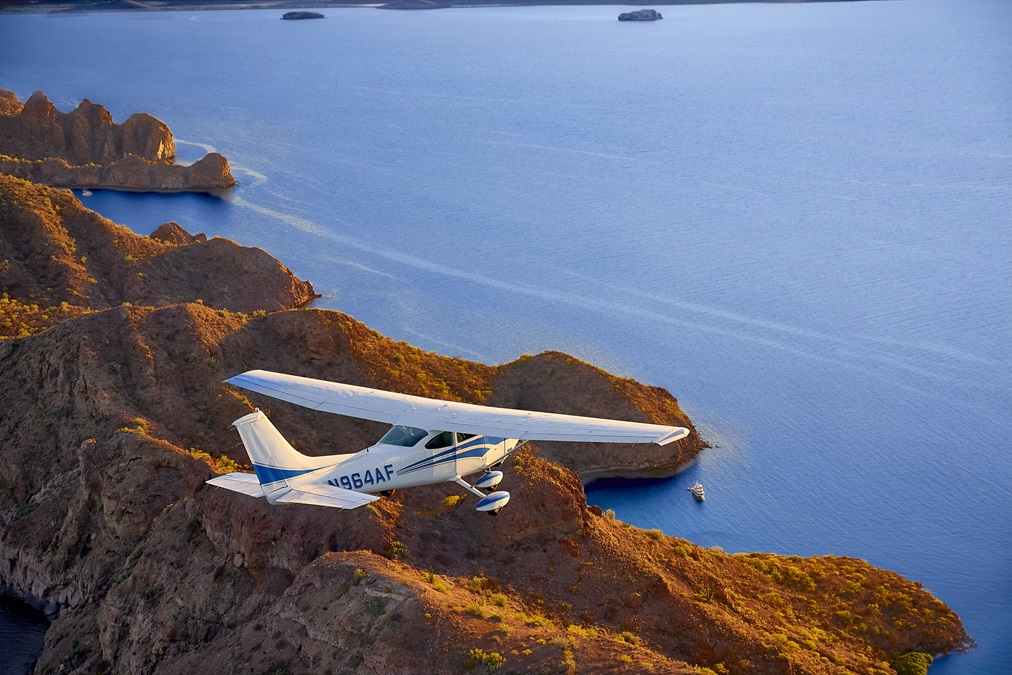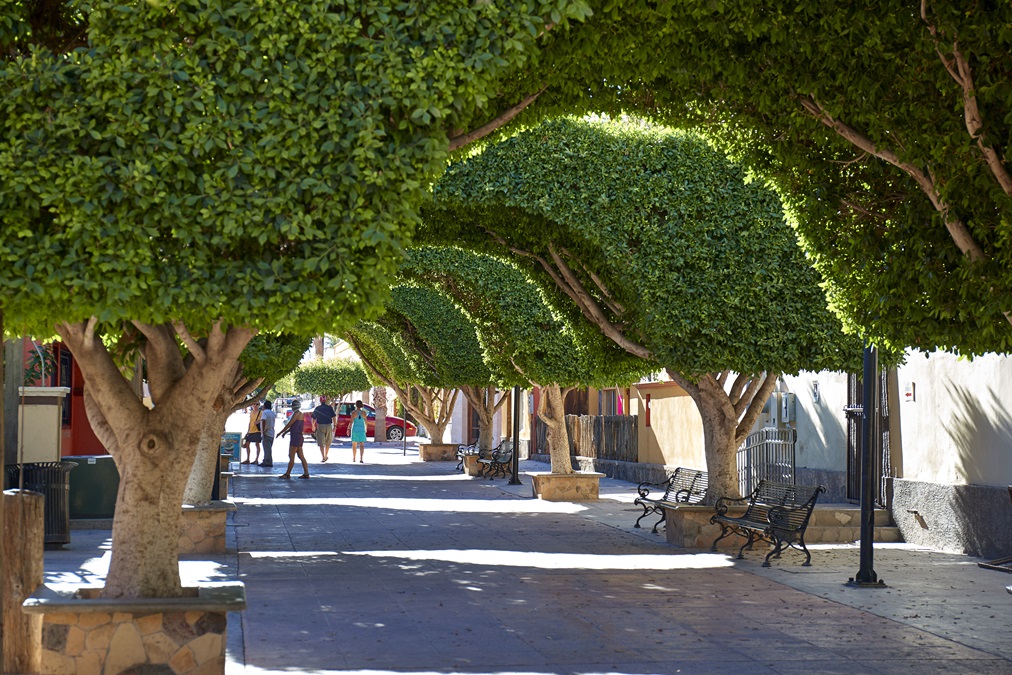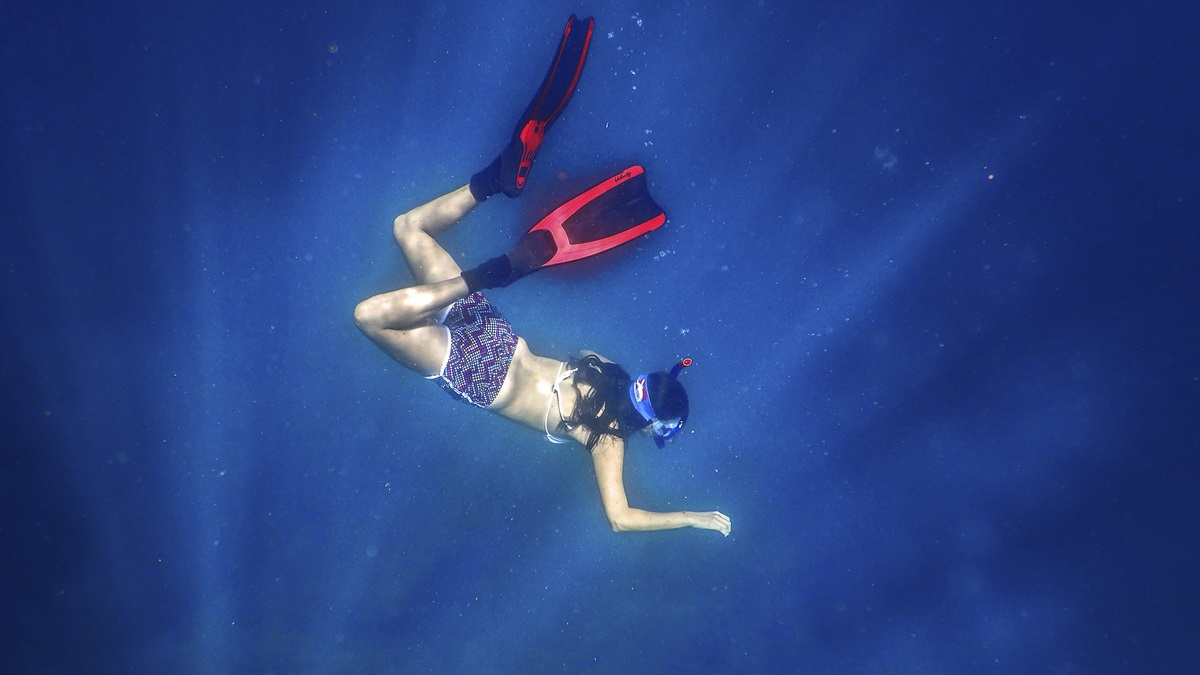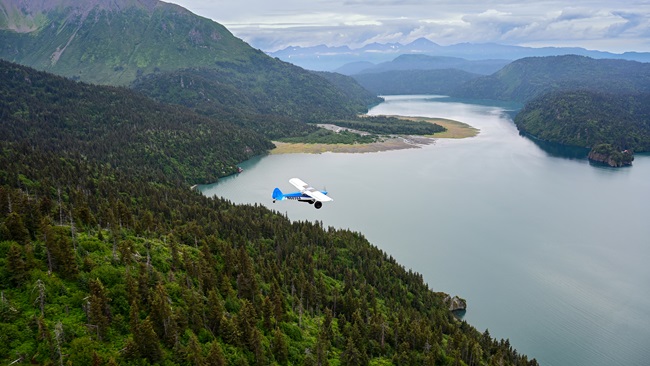Mexico: Baja bound
Getting there is harder than it used to be, but worth the trip
“The ATC coordination here is seamless,” says Jeff Provence, 48, a general aviation pilot who has been flying to and from Baja California his entire life—first as a passenger in his family’s Piper Comanche, and now in a Centurion owned by San Diego Flight Corp., a club based at Montgomery-Gibbs Executive Airport (MYF). “File a VFR flight plan and eAPIS electronically, check in with ATC for a transponder code, and you’re on your way to some of the world’s best fishing, diving, surfing, kiteboarding. Whatever you want.”
Today’s destination is Loreto, a historic town on the Sea of Cortez about 510 nautical miles south, which was California’s first capital when it was established by Spain in 1697. We’re quickly cleared on course and, from an altitude of 7,500 feet, can see both the Pacific Ocean on our right and the Sea of Cortez on our left. We favor the Sea of Cortez side and follow the coastline south.
The landscape is desolate and dry with rocky desert all the way to the coast. But the sea itself is deep blue and teeming with life: tropical whales, schools of baitfish, clouds of red crabs, and occasional eruptions of game fish slashing at their quarry from below. Tuna, yellowtail, dorado, sailfish, and occasionally marlin populate the deep water.
“I grew up fishing and diving down here, and it ruins you for everywhere else,” says Provence, an American who learned to speak Spanish fluently to facilitate travel. “The pace of life is slower, and that’s an adjustment for U.S. pilots. You’ve got to consciously slow yourself down.”
Provence (pronounced “province”) and wife Alicia have stashed a half-dozen soccer balls in their Centurion’s baggage compartment, and they’ll give them all away in Baja. Taxi drivers, airport guards, beach kids, and hotel workers are among the recipients.
“It’s the most natural thing in the world to strike up a conversation about futbol,” he says. “I ask them about their favorite teams. Then, if they play, or they’ve got kids, I give them a soccer ball. It’s a way to break the ice and create a little goodwill.”
The current deterioration of the relationship between the United States and Mexico is something Provence takes personally.
In the 1960s and 1970s there were hundreds of charted airstrips on the rugged Baja California peninsula, and adventurous U.S. pilots could visit them at will. Avgas was widely available throughout the region, and border crossings were a simple matter of showing up, getting a customs inspection, and going on your way. Volunteers from medical organizations such as Liga International and the Flying Samaritans cemented enduring friendships with good works; and the Baja Bush Pilots created a network of places to visit and shared up-to-the-minute information about airfields and services.

But political instability, drug trafficking, and crimes—including airplane theft—led to steep drops in cross-border aviation tourism starting in the 1990s. Post-9/11 travel restrictions, more complex border-crossing procedures, and the threat of fines for inadvertent transgressions led to deep declines in the number of U.S. pilots flying south. To clamp down on aerial drug trafficking, Mexico restricted avgas sales to towered airfields in Baja and requires them to have a full-time military presence. The number of approved airstrips in Baja plummeted from a high of nearly 200 to fewer than 25 today.
Jack McCormick, president of the Baja Bush Pilots, said aircraft theft in Mexico is largely a thing of the past, but membership in his organization has dropped in recent years as the number of U.S. pilots crossing the border has fallen.
“Ten years ago, it was normal to have 20 airplanes at the airstrip in Mulege every weekend,” he said. “Now, it’s just two or three.”
Clearing Customs
“Do you see the caravan?” Alicia asks on the airplane intercom.
“I grew up fishing and diving down here, and it ruins you for everywhere else.” Jeff ProvenceI assume she means a Cessna 208 Caravan and urgently scan the sky to see if it’s a collision hazard. Then she laughs, and it occurs to me that she’s talking about the migrant caravan that had been of such intense interest in the leadup to the 2018 U.S. midterm election.
Our aircraft radio goes quiet, and we’re beyond ATC radar range for most of the next three hours. When we check in with Loreto Tower (MMLT) about 40 miles from our destination, we’re quickly cleared to land on Runway 34, a paved, lighted 7,218-foot-long runway.
We turn final over the water, lower the landing gear and flaps, and then, about 100 feet off the beach—almost directly below us—a large game fish jumps out of the rippled surface with a frothy splash.
“That’s a roosterfish,” Provence says. “They’re all over the place down here.”
On the airport ramp, Provence secures the Centurion with the normal control locks and tie-down ropes—and he adds an oversized chain on the propeller and an aftermarket window lock.
“I haven’t heard of an airplane being stolen down here in years,” he says, “but high-wing Cessnas are the airplanes of choice among thieves, and 210s and 206s are their absolute favorites, so I don’t take any chances.”
Provence hands out the first of his soccer balls to a military guard on the ramp, and then we step into the terminal to clear customs—a process that resembles a bureaucratic scavenger hunt. We show our passports, fill out forms, pay $30 passenger fees (but pilots can stay up to 72 hours without charge), get our papers stamped by multiple officials, and hit our first snag: an $80 tax on a DJI drone AOPA Senior Photographer Mike Fizer brought to record aerial video and still pictures.
“We tax the drone in case you decide to sell it while you’re here,” a customs official says.
“So, does that mean you’ll refund the 80 bucks when I show you that I’ve still got it when I leave?” Fizer asks.
“No,” the customs man replies.
We pay the fee and hop in a taxi for the short ride to the La Mision Hotel in downtown Loreto. Fizer and I are feeling fleeced by the drone tax, and I quip that the Spanish word for thief (ladron) sounds a lot like “drone.” But Provence cuts me short.
“It’s stuff like that that drives Americans absolutely crazy,” he says. “We despise feeling like we’ve been taken advantage of. But if you just smile, pay the tax, tell them they live in a beautiful place, and play the game of bouncing from office to office, it’s fine. They’re good people who happen to work in a terribly inefficient system. A process that should take 15 minutes ends up taking an hour. So what? To me, that’s just not worth getting upset about.”
Worth the trip
The next day makes Provence’s point. We go snorkeling in 75-degree water with visibility of 100 feet or more. At a rocky island, sleeping sea lions awaken at the sound of the outboard motor on our approaching skiff.
“They’re friendly,” says Estefania Beltrán, a guide from Dolphin Tours in Loreto. “Muy amable.”
The sea lion is within three feet—a second from impact—when it makes a hairpin turn away. It’s playing a game of chicken.About 20 of the whiskered brown pinnipeds are sunning themselves on Isla Coronado, about 6 miles by boat from Loreto, and a few of the big males—who weigh more than 500 pounds each—bark loudly. They don’t look or sound muy amable to me.
Beltrán has already pulled on a pair of swim fins, and she’s got a mask and snorkel ready. Provence and I follow her jump overboard, kicking slowly toward the sea lions, several of which noisily splash into the salty, clear water.
On land, these creatures are lumbering, cartoonish, and awkward. But in the water, they’re fast, graceful, and imposing. Beltran dives about 20 feet below the surface, and the dark outline of a sea lion slides by with a few feet of her with impressive speed.
Another heads right at me, and I raise my camera. It’s within 3 feet—a second from impact—when it makes a hairpin turn away. It’s playing a game of chicken, and it wins. We back off to deeper water by the boat, and the sea lions seem satisfied that they made their point. Before long, they’re sunning themselves on the rocks again.
We take the boat to the west side of the island, where white sand beaches and a shallow lagoon protected from the wind make an ideal spot for a picnic lunch. Coronado is the closest and most accessible island from Loreto—but a half-dozen far larger ones are within easy reach of Loreto. It would take weeks, maybe longer, to explore them all.
That evening, we scout out nearby islands by air during a sublime photography flight with a Cessna 182 Skylane that made the same journey from San Diego.
We return north the next day via an indirect route that takes us over the Pacific coast. About 50 miles south of the border near the city of Ensenada, Mexican air traffic controllers coordinate our VFR arrival into Brown Field (SDM) on the U.S. side of the border. We’re the only GA airplane there, and we swap diving stories with TSA agents as they inspect the airplane, sweep it with a Geiger counter, and send us along for the final hop across town to Montgomery Field.
“There used to be lines of airplanes at the border on any sunny weekend like this,” Provence says. “Flying to and from Mexico is harder than it used to be. But to me and my family, it’s still doable—and it’s totally worth it.”AOPA
Email [email protected]



